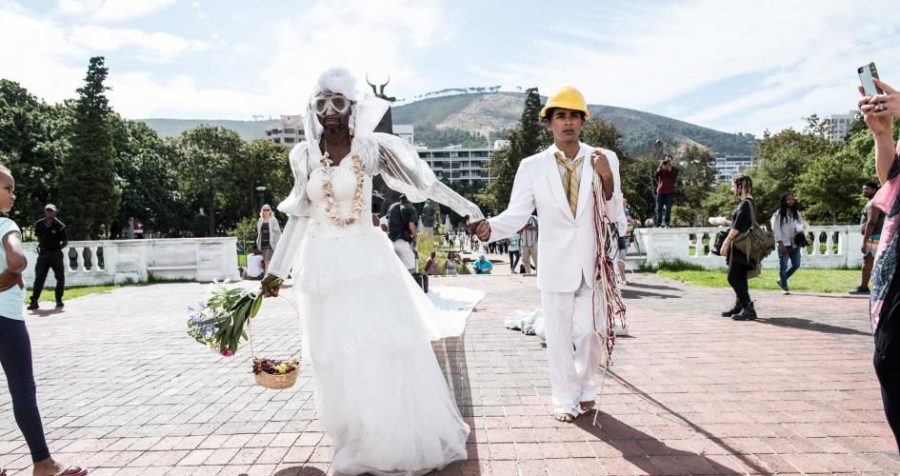Summit uses art to bring human rights issues to light
Courtesy Pozen Family Center for human rights
“What is an Artistic Practice of Human Rights?” a summit of artists around the world, will be held at Logan Center for the Arts, 915 E. 60th St., April 29-May 1.
April 24, 2017
Film, performance art, video installation and lectures will put a focus on human rights issues around the world at the upcoming University of Chicago Summit.
The summit,“What is an Artistic Practice of Human Rights?” will be held at the Logan Center for the Arts, 915 E. 60th St., April 29–May 1 and will feature seven international artists. Presented by the Gray Center for Arts and Inquiry, the Logan Center for the Arts and the Pozen Family Center for Human Rights, the summit will delve into current human rights issues such as refugee identity and gun violence.
“The idea is to gather artists who create work that either deals with human rights on a content level or as activist work,” said Mike Schuh, program coordinator at the Gray Center for the Arts and Inquiry.
The summit’s purpose is to address how art can address and affect human rights’ issues, and all of the artists’ work reflects an issue they are passionate about, according to Schuh.
The idea for the summit originated two years ago with members of the Pozen Family Center for Human Rights. After deciding that artists were central to the project, they decided to collaborate with other art centers in the area, according to Leslie Danzig, assistant professor of Practice in the Arts of Theater and Performance Studies at U of C.
The summit is also working with “In Acts” a group exhibition of the artists’ works at the Weinberg/Newton Gallery, 300 W. Superior St., which is held until June 10.
For the last 12 years, Carlos Javier Ortiz, a Chicago-based photographer and filmmaker who will be showing two short films, has captured images of the city’s violence to show the ramifications of gun violence to a broader audience.
“I started following their stories and asking questions.” Ortiz said. “It is not really going to change anything, but it is about coming together to talk about each other’s practice and how we as artists bring these issues to light individually and collectively.”
The artists participating in the summit are also interacting with U of C students in “Art and Human Rights,” a course Danzig co-teaches that focuses on the artistic expression of human rights around the world, she said.
“We have good reason to believe there will be insight into the specificities of what these artists are working on, how they are working, what challenges they face and how they think,” Danzig said.
Schuh said the artists have created intense and ambitious projects that will make the audience see what is at stake and question what they can do to help resolve these issues.
“The notion of the summit [is] we are here to get together and really think about these things and work about these things and do that through the work of these artists and the organizers,” Shuch said.
“What is an Artistic Practice of Human Rights?” is free and open to the public.








